Sürgülü Vana
A sliding valve is a type of valve used to control or stop the flow in pipelines. Sliding valves enable the opening or closing of fluid flow by using an internal disk, plate, or slide. This type of valve is commonly used in various applications such as industrial settings, water supply systems, power plants, and petrochemical facilities.
The key features of sliding valves include:
Sliding Mechanism: The valve houses a slide (plate or disk) inside, which can move back and forth to control the flow in the pipeline.
High Flow Capacity: Sliding valves typically have high flow capacities due to their wide-opening designs. This allows effective control of large quantities of fluid.
Quick Opening and Closing: Sliding valves often possess quick opening and closing capabilities. This can be useful in situations requiring abrupt stops or emergency closures.
Sealing: Sliding valves provide sealing through gaskets or other sealing elements on both sides. This prevents fluid from leaking out when the valve is closed.
Different Designs: Sliding valves can come in different designs. Some may be single-sliding (single-disk), while others may be double-sliding (double-disk).
Material Variety: Sliding valves are typically made from various materials, including stainless steel, cast iron, carbon steel, and others.
Sliding valves are preferred in applications where minimizing pressure drop, ensuring high flow capacity, or the need for rapid opening and closing is essential. Choosing the most suitable valve type for each application should consider system requirements and specific operating conditions.
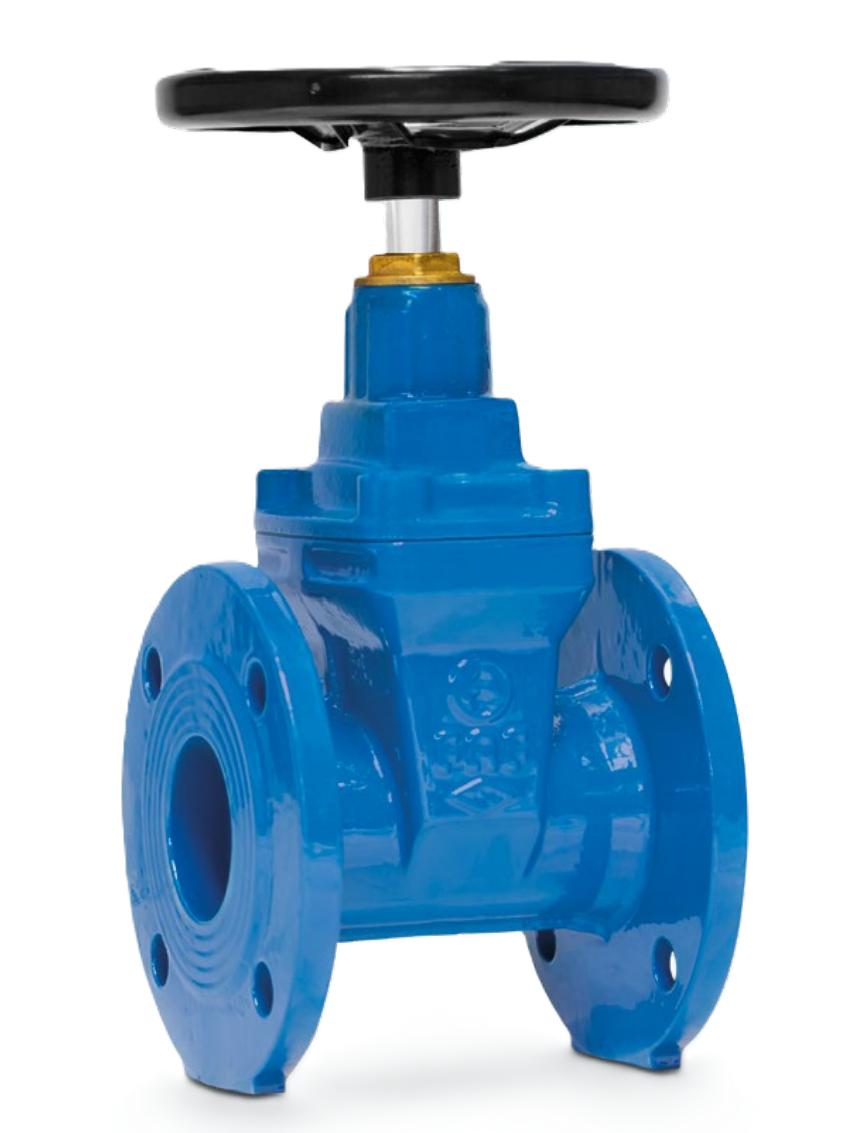
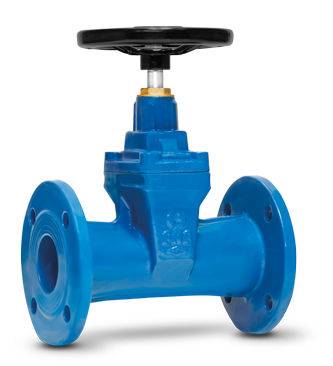
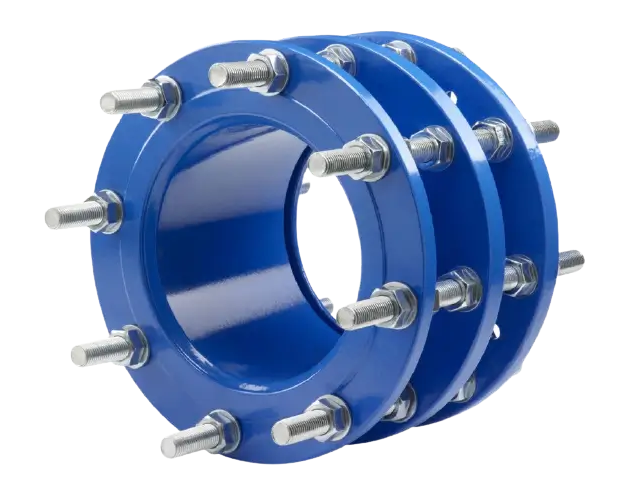
Demontaj Parçası
Dismantling parts are components used for the disassembly, replacement, or maintenance of water pipelines or connection elements. These parts are designed to remove or replace a specific component in water plumbing systems. Dismantling parts for water plumbing can come in various shapes and specifications, but they are fundamentally used to disassemble or repair water plumbing components. Here are some examples of water plumbing dismantling parts:
Dismantling Wrench or Wrench Set: Special wrenches or wrench sets are typically used to disassemble plumbing connection elements. These wrenches are designed to loosen and remove gaskets, nuts, or other connection elements.
Gasket and Gasket Remover: Gasket removers can be used for the replacement or maintenance of gaskets between connection elements. These parts are designed to carefully remove gaskets.
Valve Key: Special valve keys are used to remove or replace valves in water plumbing. These keys are used to open or close valves.
Pipe Cutter or Cutting Saw: Cutters or saw-like tools used to cut or remove water pipes can be utilized in water plumbing dismantling.
Connection Elements: Nuts, gaskets, clamps, and other connection elements that hold water plumbing parts together are used in disassembly processes.
Plumbing Dismantling Tools: Special tools or apparatuses designed for dismantling connections in water plumbing can be used.
Connection Parts: Various connection parts can be used in disassembly processes. These parts are used to remove or replace specific connection elements.
Water plumbing dismantling parts are often used in processes such as maintenance, repair, or restructuring of water plumbing systems. It is important to use these parts correctly and safely, and it is recommended to have a professional plumber perform the tasks to ensure compliance with local water plumbing regulations.
Kelebek Vana
Butterfly valve is a type of valve used to control or stop the flow in pipelines. This type of valve has the ability to open or close the flow of fluid by rotating a disc-shaped butterfly plate. Butterfly valves are preferred in many industrial applications due to their lightweight and compact designs. Additionally, they offer advantages such as quick opening and closing features, energy savings, and low pressure loss.
The basic features of a butterfly valve may include:
Disc: The main control element of the butterfly valve is a disc-shaped plate. This disc controls the flow when the valve is in the open or closed position.
Rotary Mechanism: Butterfly valves typically operate with a disc rotating around a shaft. This rotary mechanism enables the valve to open or close.
Lightweight and Compact: Butterfly valves generally have a lightweight and compact design, facilitating installation and maintenance processes.
Quick Control: Butterfly valves provide quick control due to their ability for fast opening and closing. This is useful in situations requiring sudden stops or emergency shutdowns.
Low Pressure Loss: Butterfly valves usually result in low pressure loss, contributing to energy savings.
Manufactured in Various Materials: Butterfly valves are often manufactured in various materials to suit different industrial applications, such as stainless steel, cast iron, or plastic.
Butterfly valves are widely used in applications such as water supply systems, industrial processes, power plants, chemical facilities, and many others. However, selecting the most suitable valve type for each application should be done considering system requirements and specific application conditions.
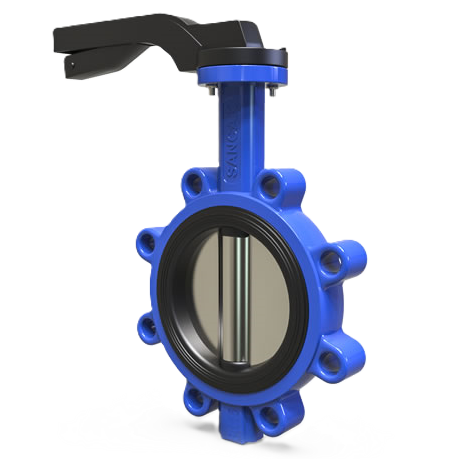
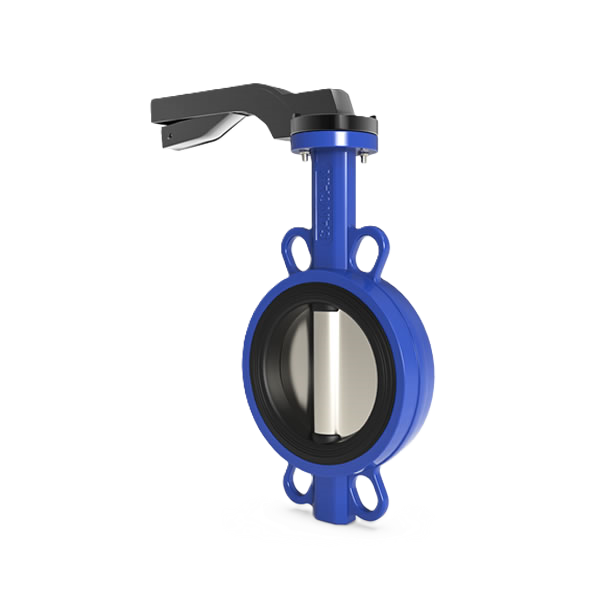
Dişi Kutulu Kelebek Vana
Gearbox-operated butterfly valve is a type of valve where a gear mechanism is mounted on the disk, which is the control mechanism of a butterfly valve. This gearbox enables the operator to control the flow of fluid by rotating the valve’s disk. The gearbox can support various control methods, including manual control and remote control (electric or pneumatic).
The fundamental features of such valves include:
Gearbox: The prominent feature of a gearbox-operated butterfly valve is the gearbox used to rotate the valve’s disk. This box may have a manual wheel, lever, or other control elements.
Remote Control: Some gearbox-operated butterfly valves can be integrated with remote control mechanisms such as electromotors or pneumatic actuators. This allows integration with automatic control systems and the ability for remote control.
Durability: The gearbox is typically made of durable materials, ensuring the longevity of the valve. Common materials include stainless steel, aluminum, or cast iron.
Various Applications: Gearbox-operated butterfly valves are used in various applications such as water supply systems, industrial processes, power plants, chemical facilities, and more.
Easy Installation and Maintenance: Due to their compact designs and easy assemblies, gearbox-operated butterfly valves are easy to install and maintain.
These valves are often used in large-diameter pipelines or industrial facilities. Gearbox-operated butterfly valves are designed to provide the operator with greater precision and control over flow regulation.
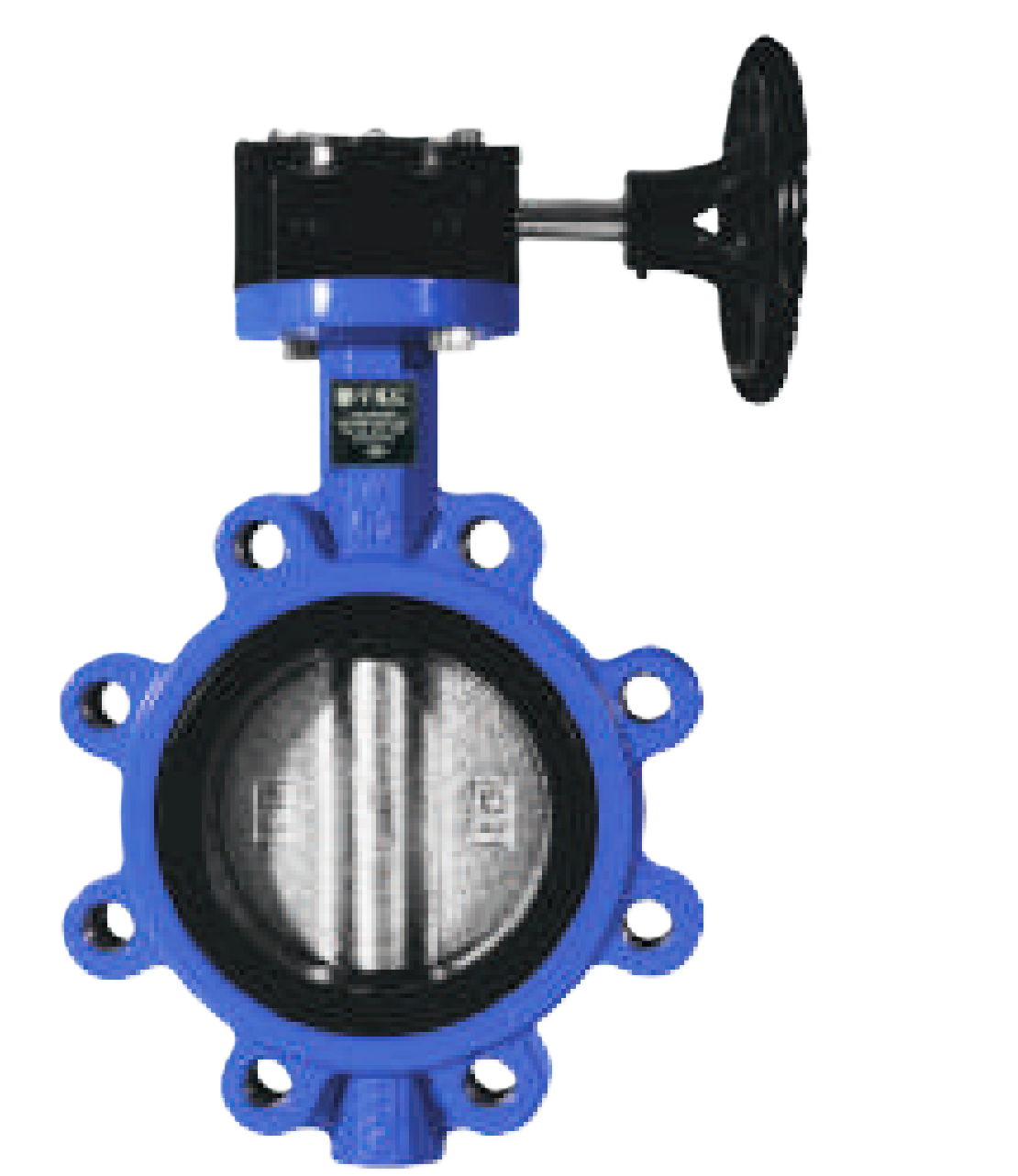
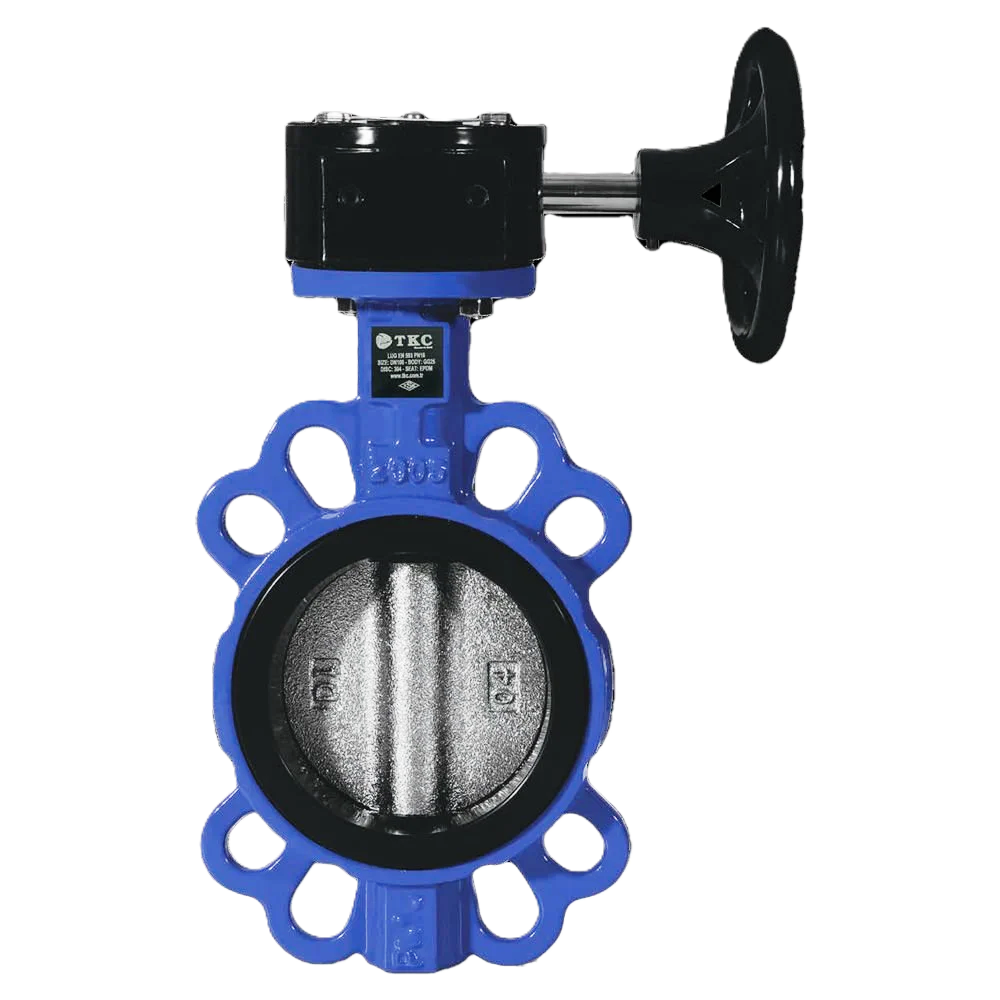
Çift Klapeli Çekvalf
Double-check valves are a type of valve used to control one-way flow in a pipeline. They consist of two flaps, and typically, these flaps are designed to allow fluid to pass freely in one direction while blocking the flow in the other direction. Double-check valves are often used to prevent backflow and leaks.
The fundamental features of double-check valves include:
Two-Flap Design: The double-check valve has a design with two flaps. These flaps are typically positioned perpendicular to each other.
One-Way Flow Control: The double-check valve is designed to allow fluid to pass freely in one direction while blocking the flow in the other direction. This prevents backflow.
Prevention of Backflow: Especially when used in water supply systems or industrial systems, double-check valves prevent backflow, preventing damage to the system in reverse flow conditions.
Sealing: The two-flap design can enhance the sealing properties of the valve, preventing unwanted leaks.
Manufactured in Various Materials: Double-check valves can be manufactured from different materials depending on the environment in which they will be used. Common materials include stainless steel, cast iron, or plastic.
Various Sizes and Pressure Classes: Double-check valves are available in various sizes and pressure classes, allowing them to meet different application requirements.
Double-check valves are used in water supply systems, industrial process systems, treatment plants, and many other applications. They provide an effective solution for controlling backflow and preventing unwanted leaks.
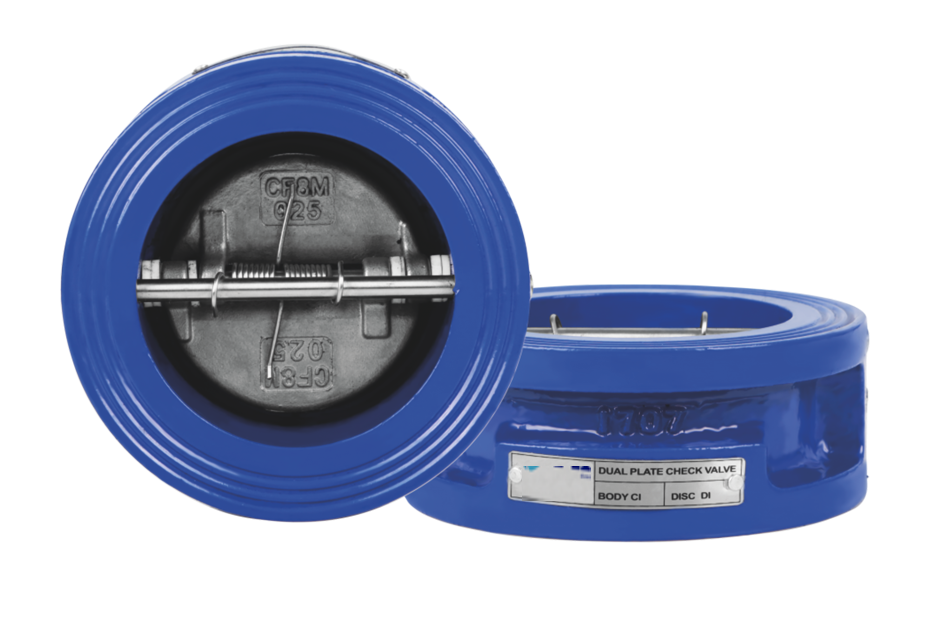
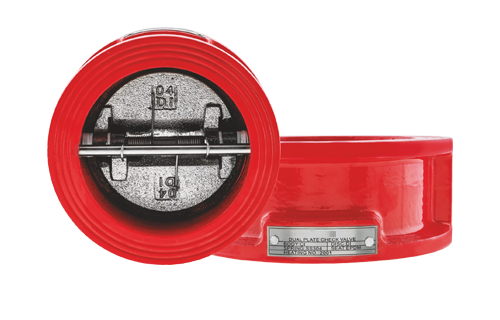
Çalparalı Çekvalf
The term “Çalpara check valve” is typically referred to as “Flap Check Valve.” A flap check valve is a type of valve used to control the flow in a pipeline and prevent backflow. It is commonly used in water supply systems and similar applications.
The fundamental features of a flap check valve include:
Flaps: One or more flaps, called “flaps,” inside the check valve are designed to allow fluid to pass freely in one direction while blocking the flow in the other direction.
One-Way Flow Control: A flap check valve typically provides one-way flow control. It allows fluid to flow freely in the desired direction while preventing backflow.
Backflow Prevention: Especially when used in water supply systems, the flap check valve prevents backflow, thereby preventing leaks and unwanted reverse flow in the system.
Durability: Flap check valves are usually made of durable materials, providing longevity and reliability. Materials such as stainless steel, cast iron, or bronze can be used.
Various Sizes and Pressure Classes: Flap check valves are available in various sizes for different pipe diameters and pressure classes. This flexibility allows them to meet various application requirements.
Flap check valves are commonly used to prevent the backflow of water or ensure its flow in a specific direction. These valves are widely used in water supply systems, wastewater systems, and irrigation systems. Flap check valves are a crucial component to help systems operate safely and effectively.
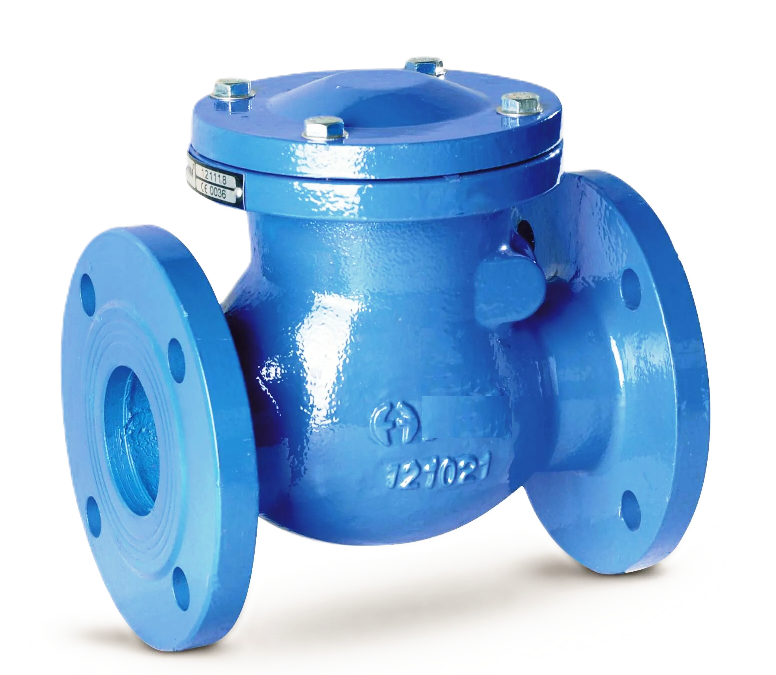
Would you like to get detailed information about our products and services?
RVL Yangın
You can send us your Quote requests via the offer form.
